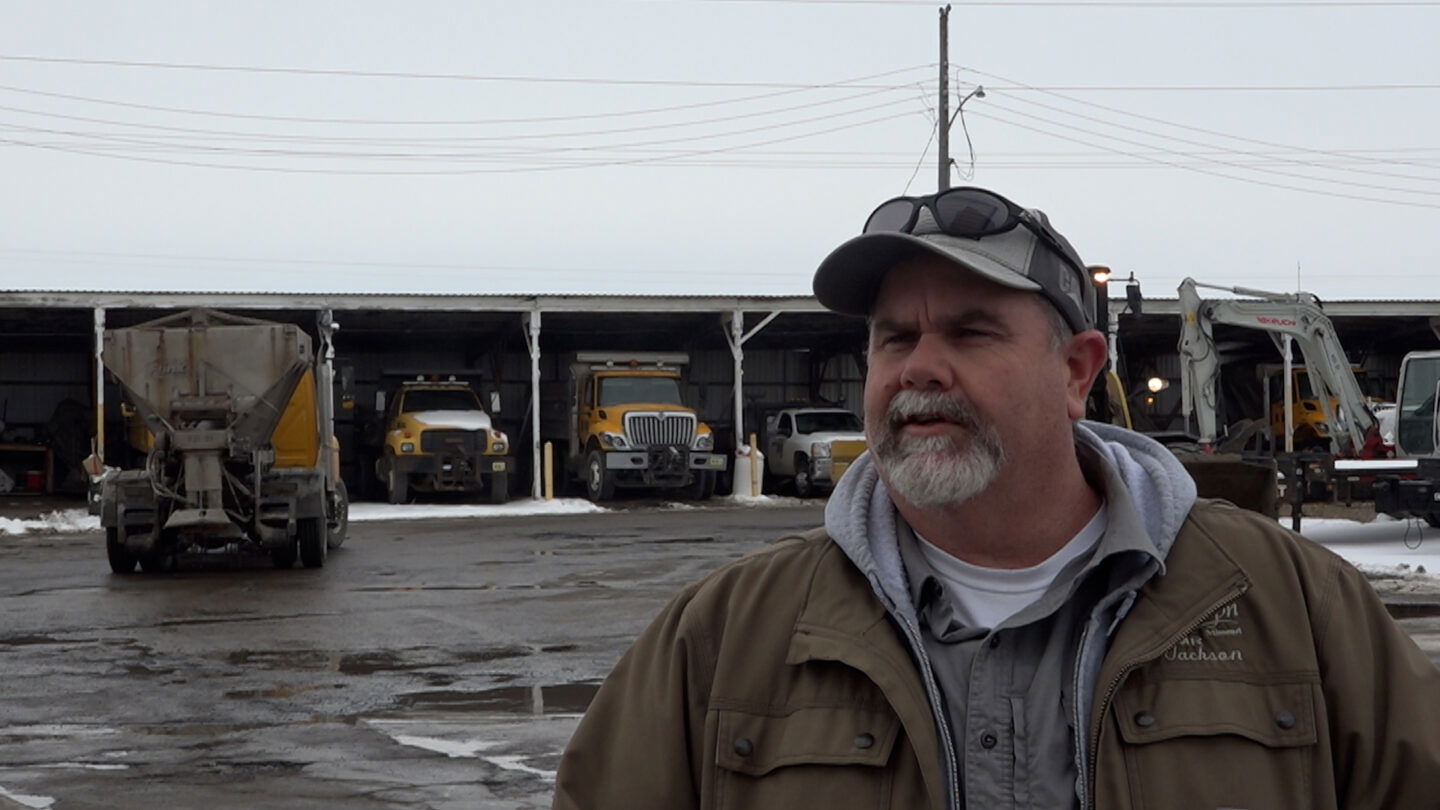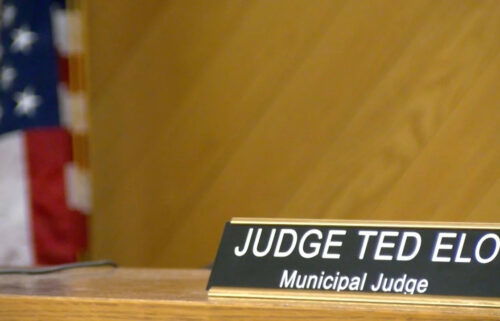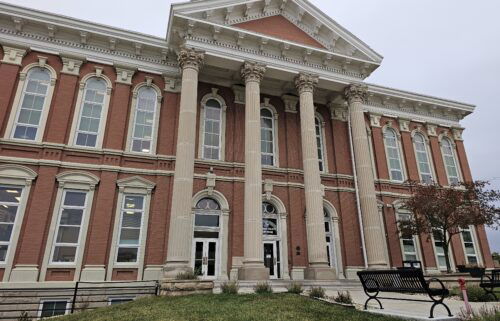Crews continue treating roads between bouts of precipitation

By Harry Loomis
A combination of freezing temperatures and strong wind gusts have kept street crews on their toes, even during a short break from the snow.
“When you had so much snow and so much blowing snow, you get behind on those because you’re having to focus so much effort just to keep those interstates in those four-lane roads open,” said Greg Bolon, district maintenance and traffic engineer for MoDOT. “It’s just one of those things that we had the conditions with the 40 mph winds, 6-8 inches of snow and then another snowfall right after that. We had to play catch up.”
Since they are the busiest roads, highways and roads like the Belt Highway have been treated the most. It’s elevated surfaces and roads near open fields that face the most issues with snow blowing.
“You get out on the east side of town, (near) Riverside and some areas on Cook in that area and a few others where there’s open fields,” said Jackson Jones, superintendent of streets and infrastructure. “If it’s an open field, you’re going to have a drift.”
Arguably the biggest problem areas are bridges or elevated surfaces, such as on-ramps and off-ramps. Being so thin, these roads have a harder time generating heat to melt any ice that sits on top.
“If you’ve got air flowing underneath it, then that’s going to cool things down quicker,” Bolon said. “A lot of times, and we always go out and typically treat our bridges and overpasses on elevations, we’ll treat those first if they’re elevated in the air because they tend to freeze up first because they do have air going above it, they have air going below it.”
With more than a week-and-a-half of freezing weather and changing precipitation, road crews have been working day and night through staffing shortages to make sure roads are manageable, which includes pouring a lot of products on the road.
With newer roads, there can be concern about too much rock salt and beet juice damaging the pavement. But with the weather the city has been receiving, everything has been done out of necessity.
“It’s an expense for sure,” Jones said. “But you got to think of the safety first, so that everything, money-wise goes out the window whenever you got to keep the traveling public safe.”
“We have to use the chemicals so we can keep the roads open, especially in these colder temperatures,” Bolon said. “What you really don’t want to do is to have a lot of things melting because they’re supposed to be another 25-30 mph wind. You don’t want dry blowing snow to blow over something that’s wet because then that’s going to attract that snow to it and make it get slicker.”




